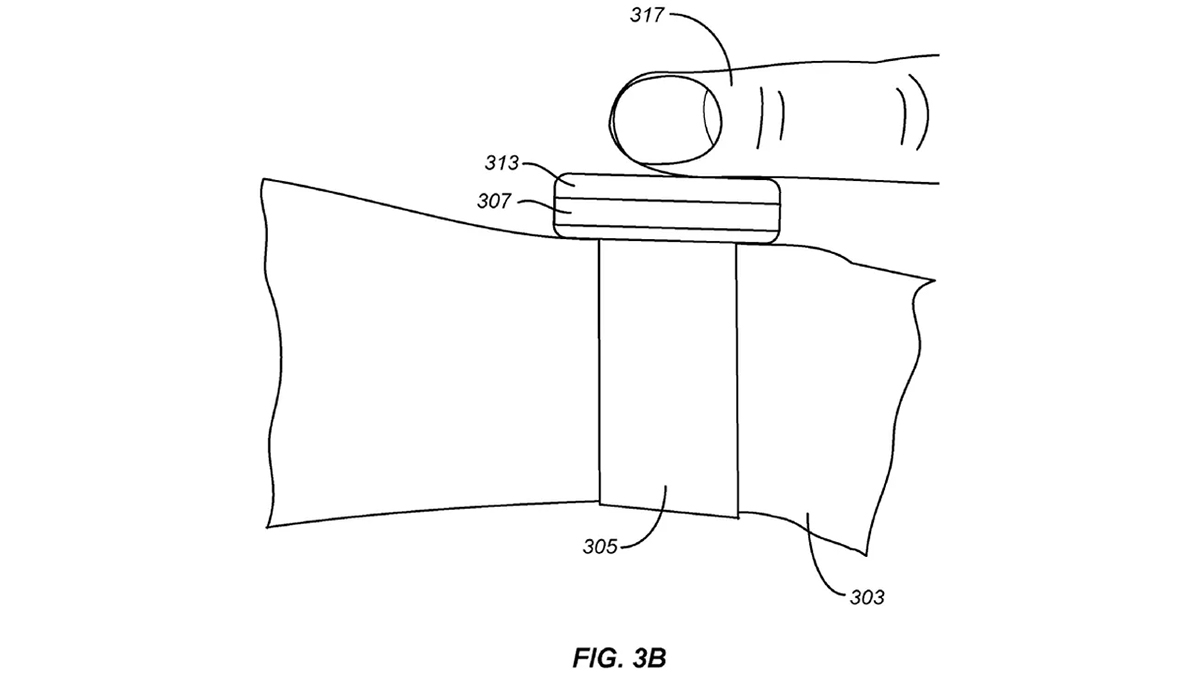Fitbit patent points to blood pressure tech on a future smartwatch
More power on your wrist

Future Fitbit wearable devices following on from the likes of the Fitbit Versa 4 smartwatch could come with built-in tech for detecting blood pressure, according to a patent filed by Fitbit that has come to light this week.
The patent (via The Verge) describes a system that will "calculate an estimate of blood pressure from the one or more sensor data samples", with the user placing one of their fingers against the wearable device's display to get a reading.
It would be a surprise if Fitbit wasn't working on this sort of technology, and indeed we've seen earlier studies and previous patents from the company suggesting that something like this was in the works. However, it's going to be difficult to get right.

Patent predictions
We should get our usual patent disclaimer out of the way: when patents get filed, it's not a guarantee of anything actually appearing. That said, they do give us a useful window into what sort of areas the various tech companies are looking into.
Further complicating matters is the fact that Fitbit is now part of Google. If this blood pressure monitoring sensor upgrade does appear, it may well be on a follow-up to the Google Pixel Watch rather than anything with the Fitbit name attached.
It's worth bearing in mind that recent Galaxy wearables, including the Samsung Galaxy Watch 5, already offer some form of blood pressure monitoring – though the feature doesn't have regulatory approval to be used in the US.
Analysis: smarter smart devices
The miniature computers on our wrists continue to get smarter, adding new features year on year to gather even more data about our health and well-being. The latest Apple Watch 8 has a temperature sensor for menstrual and ovulation tracking, for instance.
Sign up for breaking news, reviews, opinion, top tech deals, and more.
Blood pressure capabilities would be another significant step forward. Readings are typically taken using a cuff that cuts off and then releases blood flow to get a measurement while the heart is beating (systolic) and resting (diastolic).
Getting something similar crammed into the confines isn't going to be straightforward, and regulators like the Food and Drug Administration (FDA) in the US will be watching closely – if the sensors aren't accurate, the tech won't be cleared for consumer use.
At this stage we've seen enough in the way of improvements on smartwatches to think that this could be possible – though perhaps not in the near future. It might also come with a premium attached in terms of the price of devices.

Dave is a freelance tech journalist who has been writing about gadgets, apps and the web for more than two decades. Based out of Stockport, England, on TechRadar you'll find him covering news, features and reviews, particularly for phones, tablets and wearables. Working to ensure our breaking news coverage is the best in the business over weekends, David also has bylines at Gizmodo, T3, PopSci and a few other places besides, as well as being many years editing the likes of PC Explorer and The Hardware Handbook.